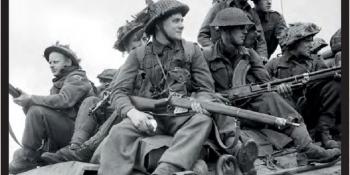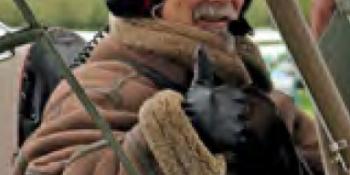Can you believe it’s November already? But that does mean that we are rapidly approaching Remembrance Sunday and the annual veterans’ parade at the Cenotaph and at memorials across the country.
Each year, some 45 million poppies are sold across England, Wales and Northern Ireland to raise money for the Royal British Legion, and a further 3 million are sold by the Scottish Poppy Appeal. But have you ever considered the history of the little poppies and wreaths we buy each year and how they are made? Craig Moore travels to the Richmond-based Poppy Factory to learn about 101 years of crafting an instantly recognisable Armistice Day symbol.
Fittingly, we also return to 1917 and to the Western Front to explore a bloody battle in which the 1/1st Essex Yeomanry – a reserve cavalry unit – saw one-fifth of its approximately 550 men become casualties. My thanks to Stephen Keoghane for his gripping account as the yeomen advanced into a French town they had been told was secure, only to then fight a gruelling holding action. I then take a broader look at Britain’s cavalry, a branch that at the dawn of the 20th Century was already fighting for its survival, but was able to successfully maintain its relevancy for just that little bit longer.
There’s something of a Cold War theme to this issue, with a trio of features walking you back to the early years of that tense time. Ed Webster’s Weapons of War article profiles a forgotten British prototype from the late 1940s, the FV201 (A45) tank, and reveals how it was simultaneously ended by perceptions of the Soviet threat and led to the Conqueror heavy tank, an early Cold War stalwart. Furthermore, Ed’s archive digging has borne fruit, so we can publish (for the first time!) a handful of photos showing the FV201 in its final ‘P3’ form. …



